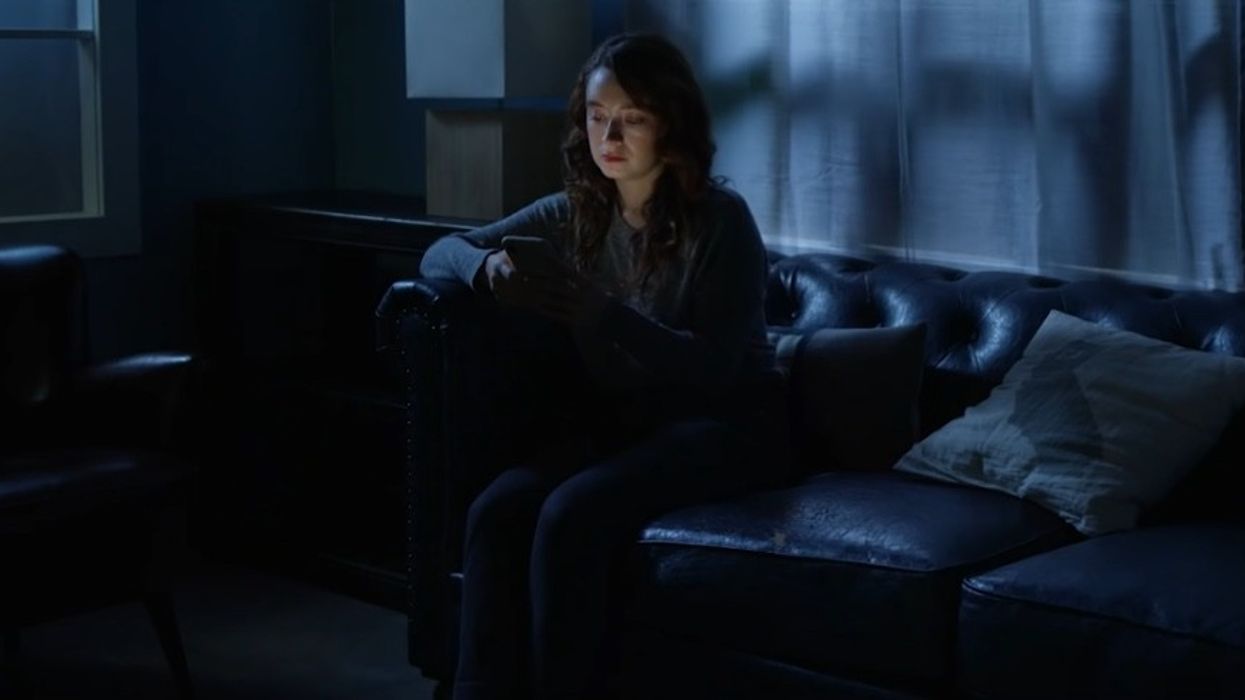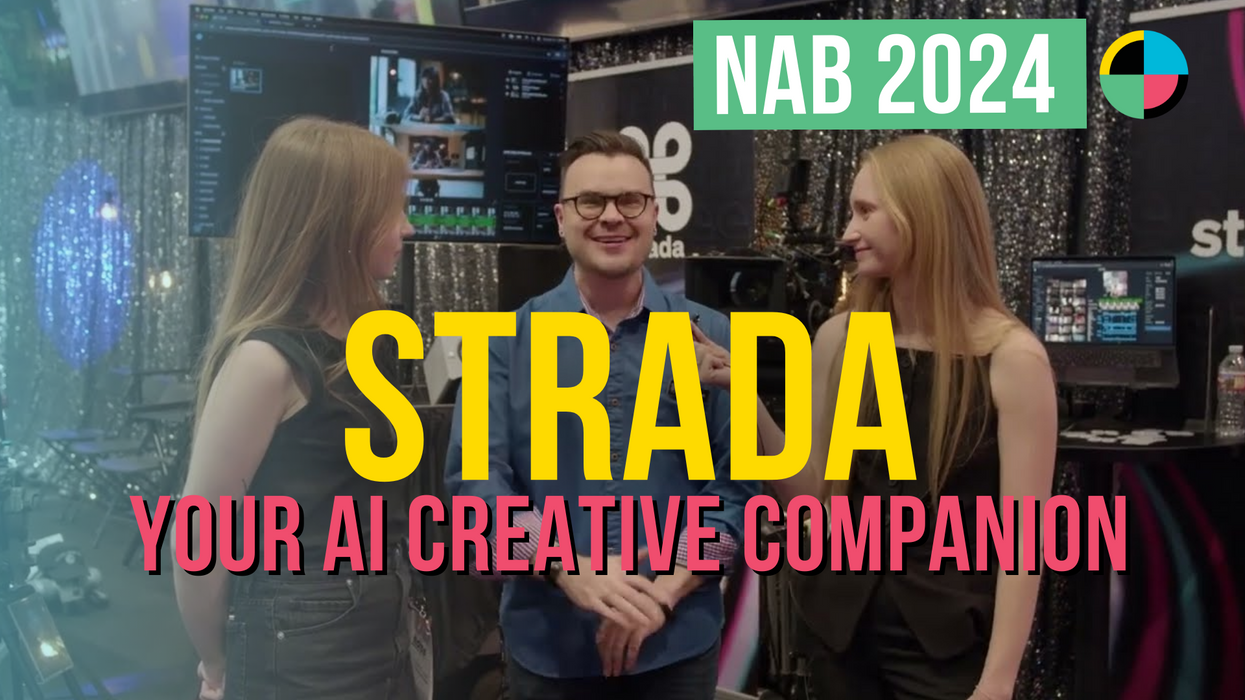How to Create Moonlight on a Budget
Need to create night interiors? Here are some ways to light your scenes!

In a recent how-to video from Aputure, the team hooked up with Los Angles-based cinematographer Hunter Gulan to build some night lighting set-ups at a couple of different price points. They used the same setting and set-ups, but a variety of lights. Some of these lighting kits you might even be able to build yourself.
These tips are being implemented on a soundstage, but at a practical location, you could use floppies to block out any sunlight and still get your nighttime lighting done right.
Watch the video below.
The first set-up
The very basic scene features a man sneaking home to an upset partner. The lighting starts cool and dark but goes tungsten warm when practical lamps are turned on.
You might want moonlight in your scene to signal to the viewer that it's "nighttime." In that case, you can use:
- An Aputure 120D II with CTB gels to create blue light
- An Aputure Nova 300C, their RGB panel that can be set to CTB
These are both directed through the set's windows to create the blue-tinted moonlight. There was a third practical light -- the actor's phone, which cast light on her face.
For the partner's entrance (shot as an insert), they used:
- An Aputure MC mounted above the actor's mark
- The same Nova 300C coming through the window
For the light change from cool to warm, they used:
- Two practical lamps with diffusion
- A 120D II matched to the scene's lamps using a lantern softbox and CTO gel
- Two key Aputure 300D II lights with Light Dome II diffusion
- An Aputure HR672s LED panel with CTO, for the female talent's backlight
That's a total of seven lights for the wide shot. Aputure's RGB panel alone comes with a hefty price tag, and the bigger lights run over $1,000 each. What if you need to shoot on a tighter budget?

The second set-up
If you need a more economical set-up, you can replace the bigger lights like the 120Ds or 300D with sets of three MCs -- or any other portable LED light that will allow you to set color temperature. The HR672s is another more affordable LED option.
For example, the HR672s can do the work of two 300Ds if you bounce the light off a bounce board.
The MCs run closer to $150, which might make them a much more practical choice for your team.
And the results are stunningly similar, although the shadows are a bit harder, and the light is less diffused in the low-budget version.

Which one do you prefer? Let us know if you have any low-budget lighting tips in the comments.
What's next? Check out some more articles!
Here are some more tips for shooting day-for-night interiors, and here is a step-by-step tutorial for building your own LED tube lights. If you need a beginner's primer on lighting, check out our article on types of film lights, and how to use them.
Source: Aputure












